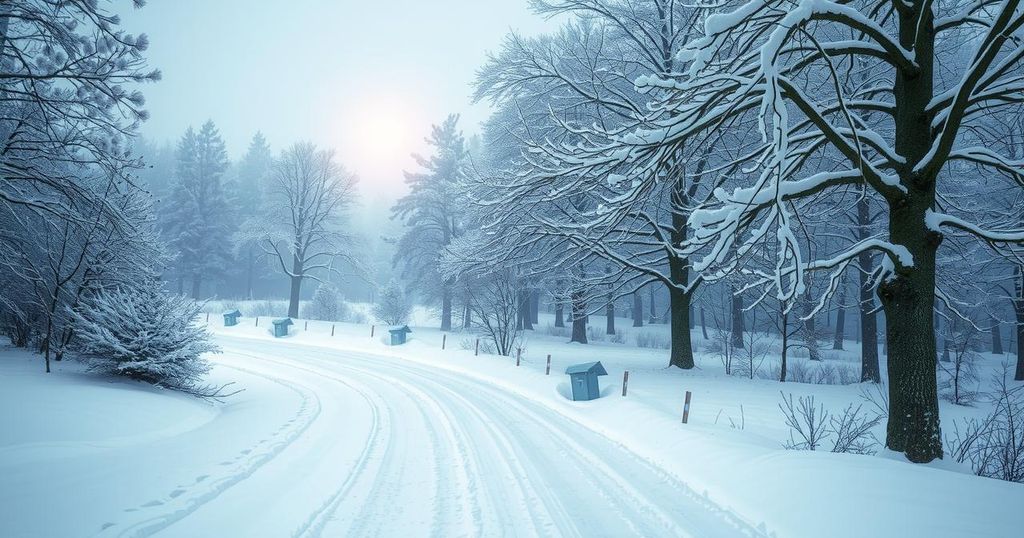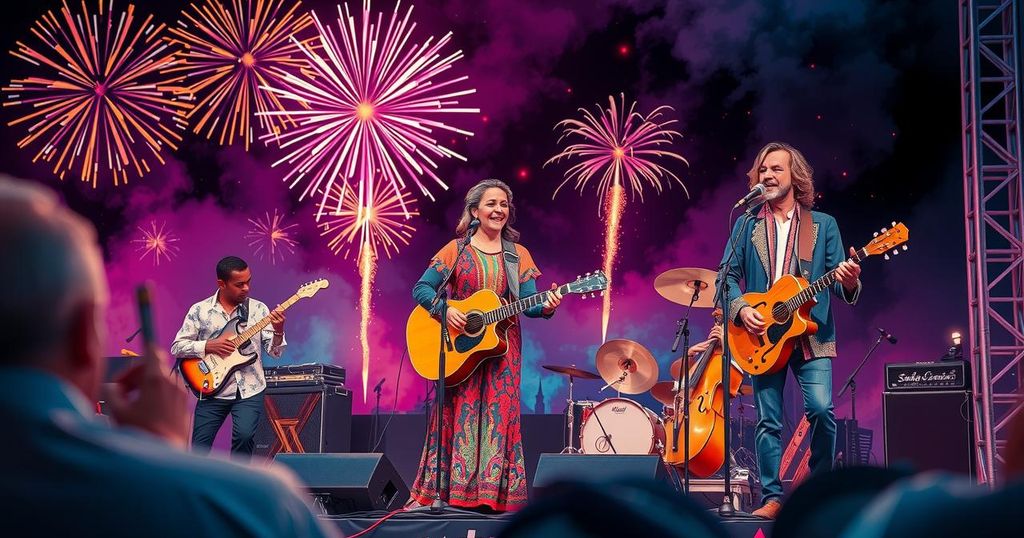Concerns Over A.I. in Weather Photography Rise 11 Years After Snowpocalypse
Eleven years post-‘Snowpocalypse,’ significant concerns regarding A.I. in weather photography have emerged. The 2014 snowstorm wreaked havoc in the Triangle, marking pivotal shifts in social media engagement and meme culture. As A.I. technology advances, distinguishing genuine weather images from A.I.-generated content has become increasingly challenging, prompting calls for public scrutiny and awareness of manipulated visuals.
More than ten years have passed since the Triangle experienced the notorious snowstorm known as “Snowpocalypse” on February 12, 2014. This event stirred significant weather-related disruptions across the region when heavy snowfall began around noon, accumulating at an alarming rate of one inch per hour. As schools dismissed early, traffic quickly devolved into chaos with many vehicles stranded, ultimately resulting in gridlock as four to five inches of snow fell before transitioning to sleet and freezing rain.
The aftermath of the storm saw widespread online engagement, notably through memes and social media posts that documented the strife. One memorable photograph, taken by Lindsay Webb, captured the pandemonium on Glenwood Avenue, exemplifying the unusual circumstances that day. During this period, social media was beginning to flourish, serving as a platform for communication and the exchange of humorous content related to the storm.
Currently, the advent of artificial intelligence (A.I.) is becoming increasingly concerning in the realm of weather photography. Peter Forister, a noted photographer and storm chaser, highlighted the rapid evolution of A.I. image generation technologies, allowing models to produce images that may easily mislead viewers. Such advancements complicate the public’s ability to distinguish between authentic images and those fabricated by A.I., especially evident during significant weather events.
Forister has pointed out that certain A.I.-generated images often appear “plastic,” lacking natural characteristics. He encourages individuals to approach content found on social media with skepticism and vigilance, given the prevalence of manipulated visuals online. The discussion surrounding A.I. and its implications for weather reporting serves as a timely reminder of the need for caution and discernment in our consumption of visual media.
In conclusion, the ‘Snowpocalypse’ of 2014 marked a pivotal moment for the Triangle, highlighting the challenges of severe winter weather and its subsequent impact on daily life. As technology continues to evolve, particularly through artificial intelligence, citizens must remain vigilant in discerning between genuine and manipulated images, especially during future weather events. The legacy of this storm is not only its memories but also the ongoing discourse regarding the reliability of visual information in our digital age.
Original Source: www.wral.com




Post Comment